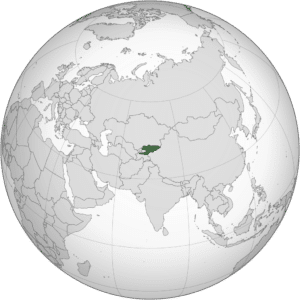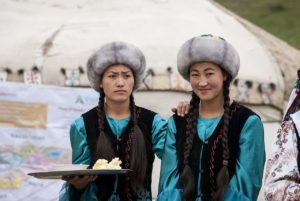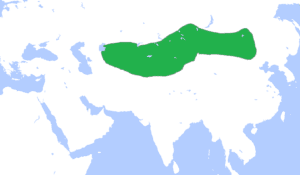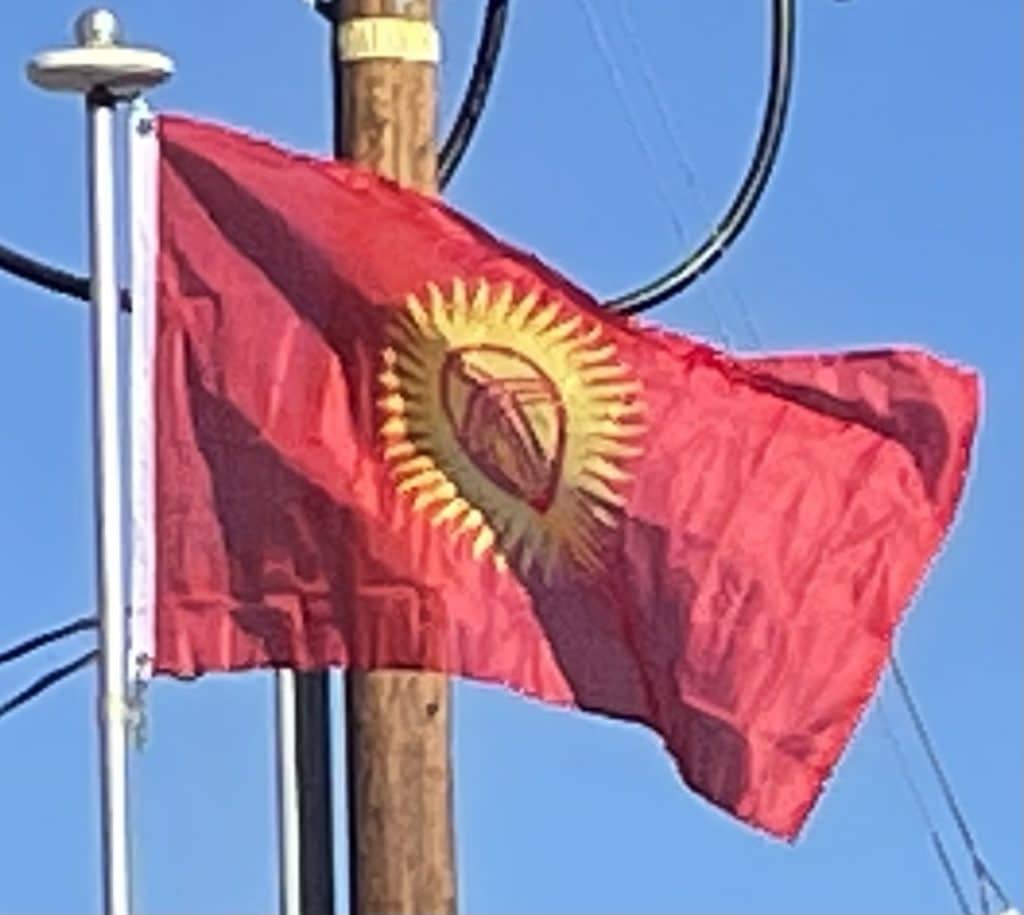Introduction:
Kyrgyzstan, officially the Kyrgyz Republic and also known as Kirghizia, is a country in Central Asia. The second-smallest of the five Central Asian states, it occupied 0.9 percent of the Soviet Union. It is bordered by four countries; Kazakhstan to the north, Uzbekistan to the west and southwest, Tajikistan to the southwest and China to the east. Its capital and largest city is Bishkek.

Kyrgyzstan’s recorded history spans over 2,000 years, encompassing a variety of cultures and empires. Although geographically isolated by its highly mountainous terrain, which has helped preserve its ancient culture, Kyrgyzstan has been at the crossroads of several great civilizations as part of the Silk Road and other commercial and cultural routes. Though long inhabited by a succession of independent tribes and clans, Kyrgyzstan has periodically fallen under foreign domination. In between periods of self-government it was ruled by Göktürks, the Uyghur Empire, and the Khitan people, before being conquered by the Mongols in the 13th century; subsequently it regained independence but was invaded by Kalmyks, Manchus and Uzbeks. In 1876 it became part of the Russian Empire, remaining in the USSR as the Kirghiz Soviet Socialist Republic after the Russian Revolution. Following Mikhael Gorbachev’s democratic reforms in the USSR, in 1990 pro-independence candidate Askar Akayev was elected president of the SSR. On 31 August 1991, Kyrgyzstan declared independence from Moscow, and a democratic government was subsequently established. Kyrgyzstan attained sovereignty as a nation-state only after the breakup of the Soviet Union in 1991.
Since independence, the sovereign state has officially been a unitary parliamentary republic, although it continues to endure ethnic conflicts, revolts, economic troubles, transitional governments and political conflict. Kyrgyzstan is a member of the Commonwealth of Independent States, the Eurasian Economic Union, the Collective Security Treaty Organization, the Shanghai Cooperation Organisation, the Organisation of Islamic Cooperation, the Turkic Council, the Türksoy community and the United Nations.

Ethnic Kyrgyz make up the majority of the country’s six million people, followed by significant minorities of Uzbeks and Russians. Kyrgyz is closely related to other Turkic languages, although Russian remains widely spoken and is an official language, a legacy of a century of Russification. Ninety percent of the population are Muslims, with the majority being Sunni. In addition to its Turkic origins, Kyrgyz culture bears elements of Persian, Mongolian and Russian influence.
History:
Antiquity:
Scythians were early settlers in present-day Kyrgyzstan.
The Kyrgyz state reached its greatest expansion after defeating the Uyghur Khaganate in 840 AD. From the 10th century the Kyrgyz migrated as far as the Tian Shan range and maintained their dominance over this territory for about 200 years.

In the 12th century the Kyrgyz dominion had shrunk to the Altay Range and Sayan Mountains as a result of the Mongol expansion. With the rise of the Mongol Empire in the thirteenth century, the Kyrgyz migrated south. The Kyrgyz peacefully became a part of the Mongol Empire in 1207.
